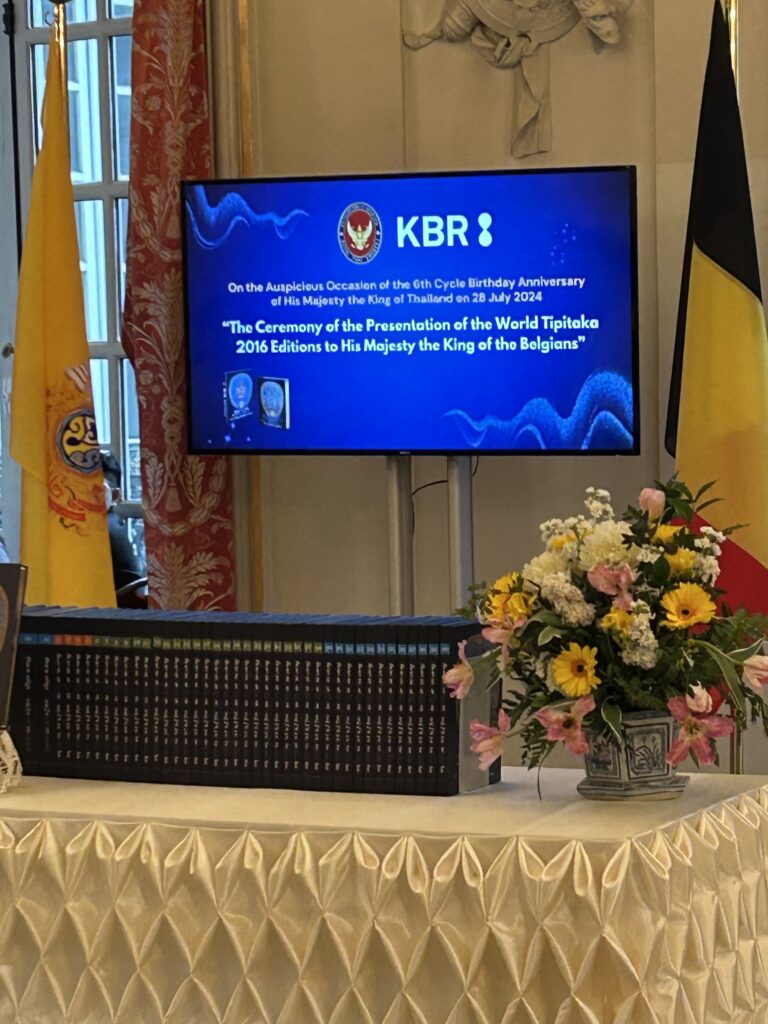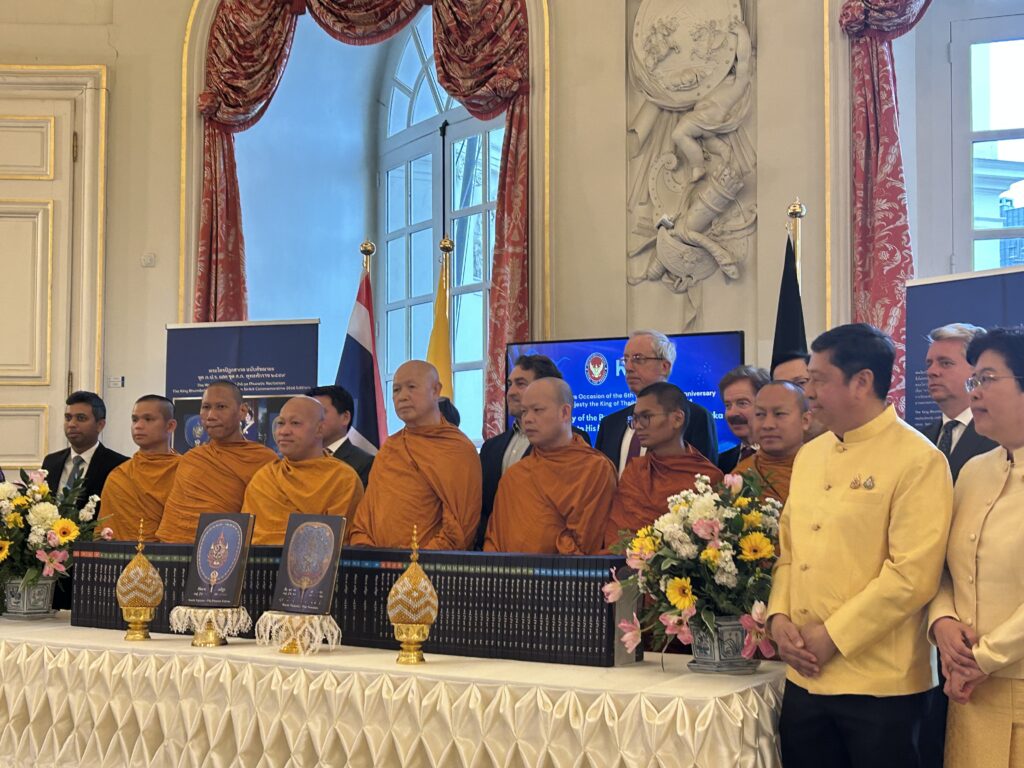 GCBS’s former member Ouyang Nan will publish her first book, Constructing the Divine Abode of Dizang Bodhisattva: Mount Jiuhua in Late Imperial China (14th to 20th century), as volume 174 of Sinica Leidensia series with Brill. The e-book has come out this August and the hardback will be available soon. The foundational research for this monograph was carried out during her doctoral studies at the University of Arizona, while the draft was completed as part of her FWO Junior Postdoctoral Fellowship project, “The ‘revolution’ of Chinese buddhism of the Mao era. A study of the monastic life on Mt. Jiuhua (1949–1978)”, hosted at the Ghent Centre for Buddhist Studies in 2021-2024.
GCBS’s former member Ouyang Nan will publish her first book, Constructing the Divine Abode of Dizang Bodhisattva: Mount Jiuhua in Late Imperial China (14th to 20th century), as volume 174 of Sinica Leidensia series with Brill. The e-book has come out this August and the hardback will be available soon. The foundational research for this monograph was carried out during her doctoral studies at the University of Arizona, while the draft was completed as part of her FWO Junior Postdoctoral Fellowship project, “The ‘revolution’ of Chinese buddhism of the Mao era. A study of the monastic life on Mt. Jiuhua (1949–1978)”, hosted at the Ghent Centre for Buddhist Studies in 2021-2024.
This book explores how Mount Jiuhua became the seat of Dizang Bodhisattva and evolved into a renowned Buddhist mountain during the late imperial period. The uncoordinated yet collective efforts of various interested parties shaped the dynamic interplay between tangible elements (mummies, masters, pilgrimage practices) and intangible factors (myths, popular literature), redefining and reinforcing the mountain’s divine status. By incorporating previously overlooked sources, such as inscriptions, amulets, drama scripts, and “underworld passes,” this study highlights the critical role of rank-and-file religious practitioners in the sacred place-making process.
Currently, Nan is an Adjunct Professor of Religious Studies at DePaul University. Her research interests include Buddhism in late imperial China, the modernization of Chinese religions, sacred space, pilgrimage studies, and digital humanities. Her work has appeared in the Journal of Chinese Religions, Journal of Chinese Buddhist Studies, and Modern China.
Title: Constructing the Divine Abode of Dizang Bodhisattva: Mount Jiuhua in Late Imperial China (14th–20th Century)
Series: Sinica Leidensia, Volume: 174
Author: Nan Ouyang
Copyright Year: 2025
ISBN (e-book): 978-90-04-74198-0
ISBN (hardback): 978-90-04-72716-8
Table of Contents
Contents
Acknowledgements ix
List of Figures and Tables xii
1 Introduction 1
1.1 Dizang as a Deity of Death 2
1.2 Mount Jiuhua in Chinese Sacred Geography 6
1.3 Theories and Methodology 14
1.3.1 Sacred Geography 14
1.3.2 Materiality 18
1.3.3 Fluidity 19
1.4 Chapter Outlines 21
2 The Evolution of the Local Legends of Jin Dizang 24
2.1 The Standardized Story 26
2.1.1 Main Storyline 26
2.1.2 Secondary Storyline 30
2.2 The Popular Pictorial Album 37
2.3 Conclusion 44
3 Inventing the Cult of Mummified Bodies 47
3.1 The Development of Mummification in Chinese Buddhism 48
3.1.1 Mummification in the Medieval Period 49
3.1.2 Mummification from the Song to the Ming Periods 51
3.1.3 Mummification from the Late Qing to the Republican Era 53
3.1.4 Mummification in the Modern Era: Focused on Mount Jiuhua 55
3.2 The Rise of Mount Jiuhua as a Center of Mummification 58
3.2.1 Mummification in the Tang: the Emergence of a Tradition 59
3.2.2 Mummification in the Ming–Qing Period: a Formative Era 60
3.2.2.1 The Growth and Glory of the Huacheng Monastery in the Ming 60
3.2.2.2 The Appearance of New Mummies and the Cult of Mummification 63
3.2.2.3 Perceptions of Mummies on Mount Jiuhua in the Ming–Qing Literature 67
3.2.3 Mummification in Modern China: Revival 69
3.3 Conclusion 71
4 Practicing a Bodhisattva Cult in the Home of Dizang 73
4.1 Rationale for a Stay on Mount Jiuhua 76
4.2 The Performance of Buddhist Rituals 78
4.2.1 Offering Incense before the Dizang Pagoda 79
4.2.2 Commemorating a Parent 81
4.2.3 Chanting Dhāraṇī 84
4.2.4 A Ritual Manual Oriented to Dizang Bodhisattva 86
4.3 Active Engagement with the Jiuhua Clergy 88
4.3.1 Asking for Donations of Lamp Oil 89
4.3.2 Fundraising for Building a Pagoda 90
4.3.3 Solving Internal Conflicts 91
4.4 The Other Side of the Mountain-Dwelling Life in Poems 92
4.5 Conclusion 95
5 Emplacing Dizang at Its Abode with Local Dramas 98
5.1 Four One-Act Plays 102
5.1.1 The Diagram of Nine Generations 102
5.1.2 The Digest of the Diagram of Nine Generations 106
5.1.3 The Main Deliverance of Warding Off the Fox 108
5.1.4 The Lesser Deliverance of the Dragon Princess 110
5.2 Conclusion 112
6 Making Pilgrimages to the Seat of Dizang 115
6.1 The Timing of Mount Jiuhua’s Journey to Fame 117
6.2 Key Sites for Pilgrimages 118
6.2.1 The Huacheng Monastery 119
6.2.2 The Dizang Pagoda 120
6.3 Pilgrimage Practices 122
6.3.1 Particular Pilgrimage Practices on the Road 122
6.3.2 Particular Pilgrimage Practices at the Destination: for the Living 124
6.3.3 Particular Pilgrimage Practices at the Destination: for the Dead 131
6.3.3.1 A Woodblock for Printing Underworld Passes in the Qing Dynasty 132
6.3.3.2 A Printed Underworld Pass in the Republican Era (1911–1949) 135
6.4 Social and Economic Issues of the Pilgrimage 138
6.4.1 Class Issues 138
6.4.2 Gender Issues 140
6.5 Conclusion 141
7 Conclusion 143
7.1 Making a Space Sacred 144
7.2 The Localization of Buddhism 146
7.3 The “Four Great Famous (Buddhist) Mountains” 147
7.4 Mount Jiuhua in the Twenty-First Century 150
Appendix 1 153
Appendix 2 156
Appendix 3 158
Appendix 4 162
Appendix 5 165
Appendix 6 167
Appendix 7 169
Appendix 8 171
Appendix 9 172
Bibliography 178
Index 196


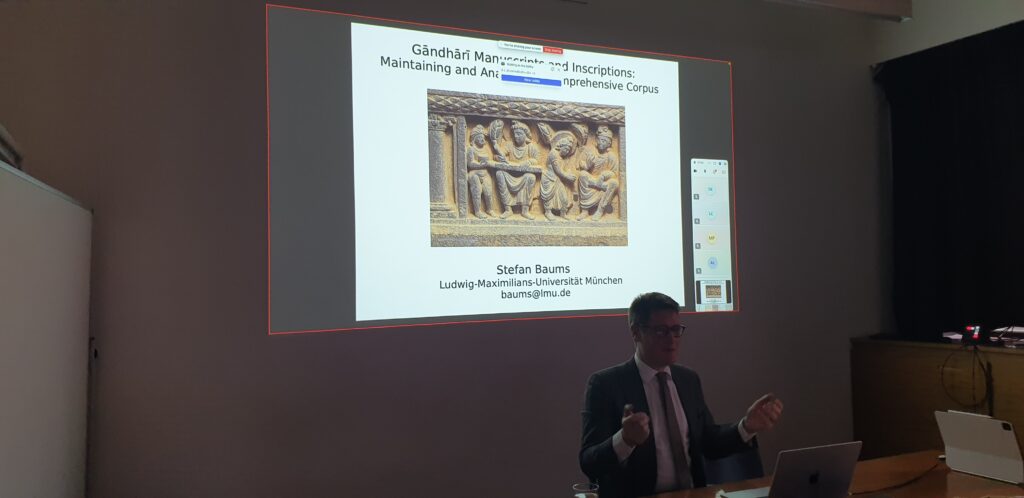
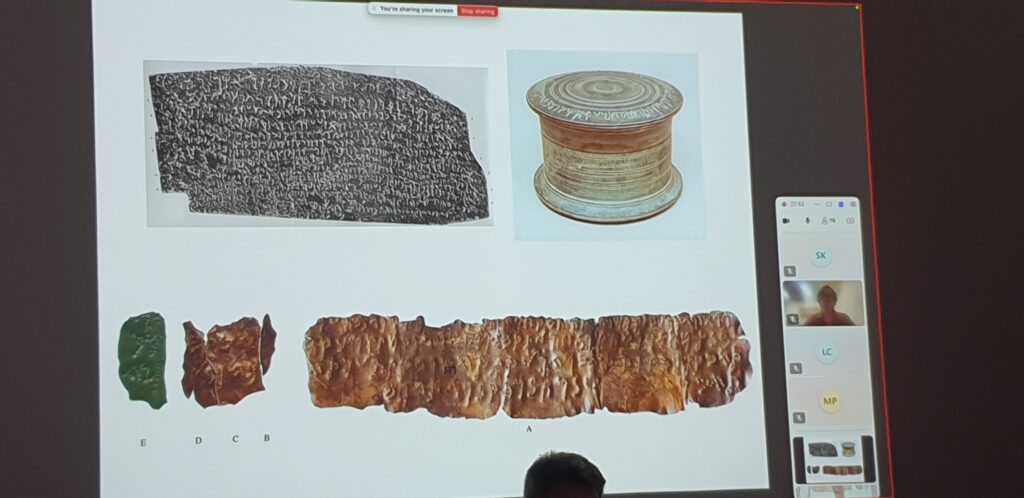
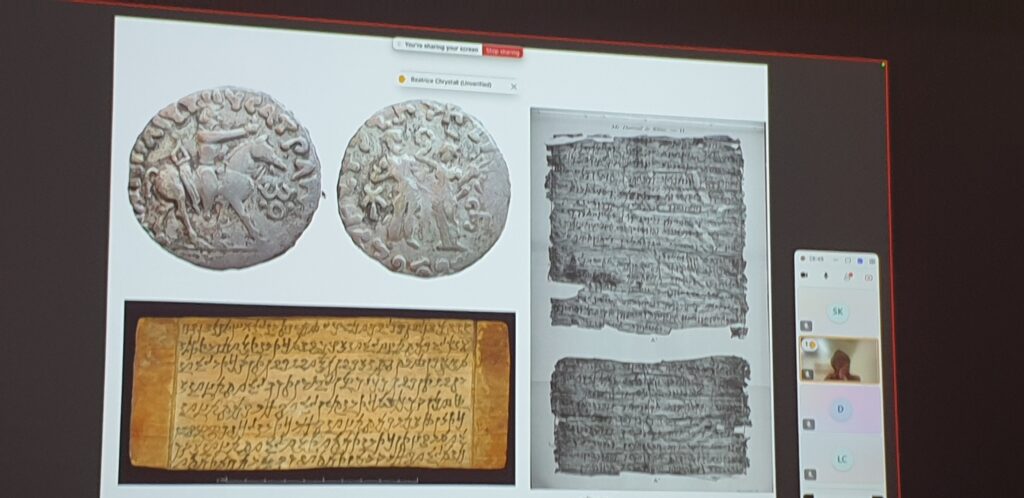
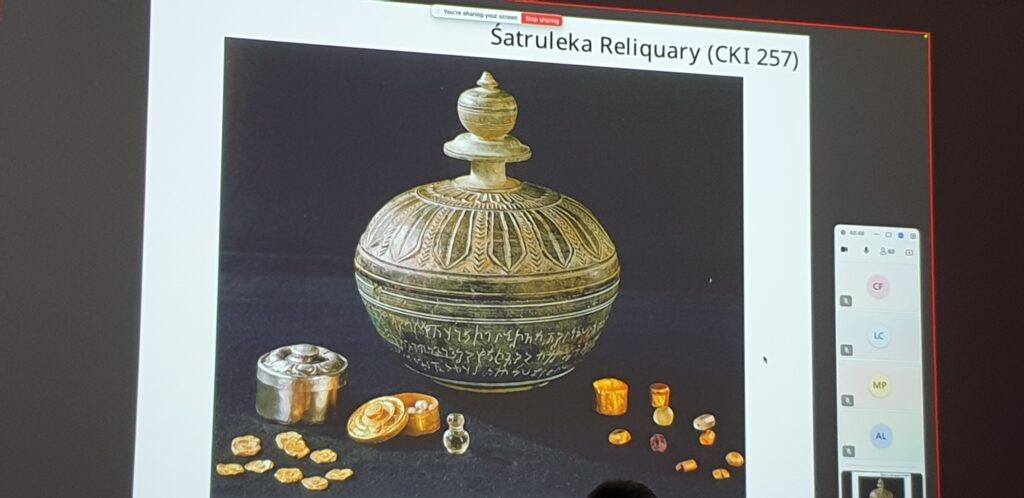

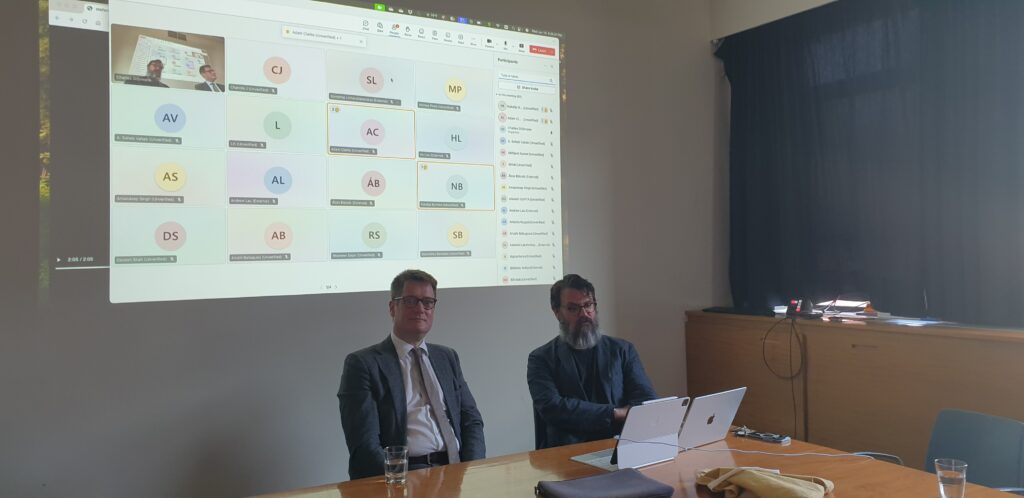
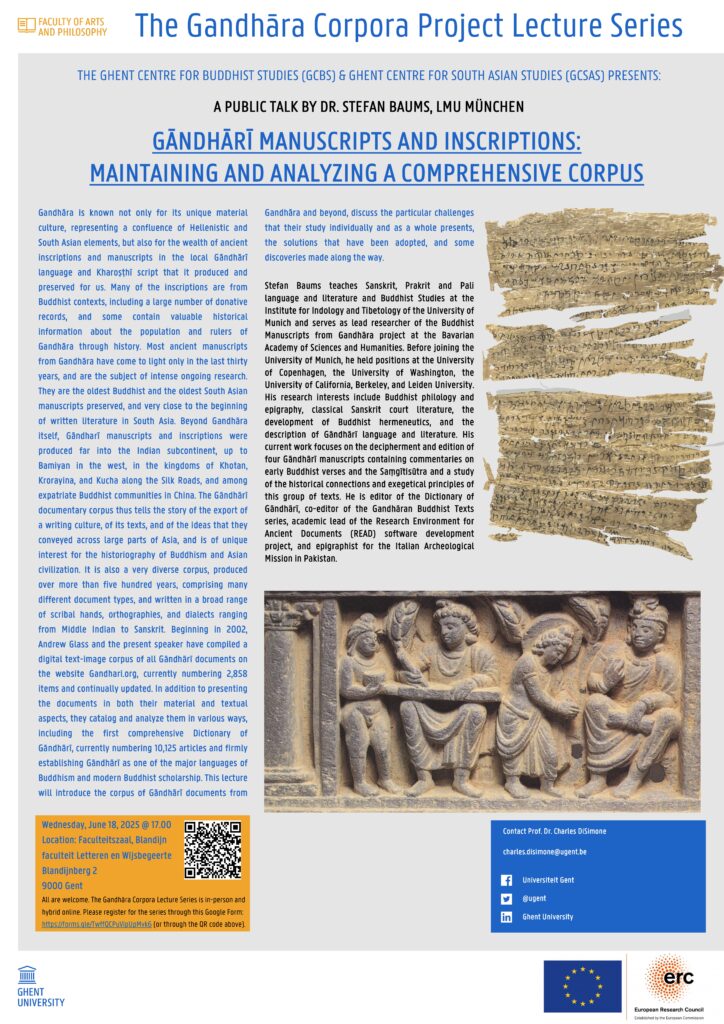



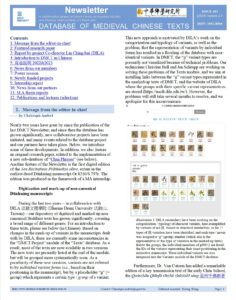
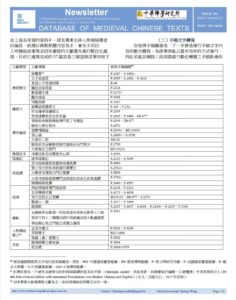
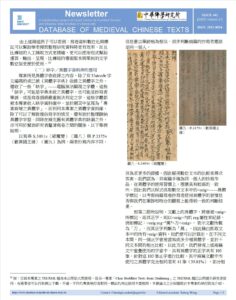

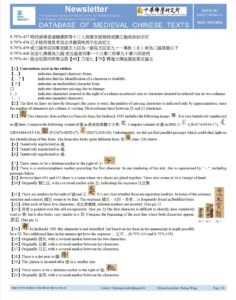
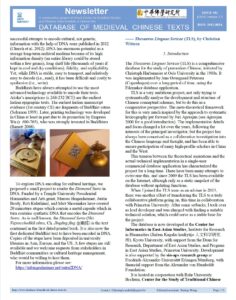
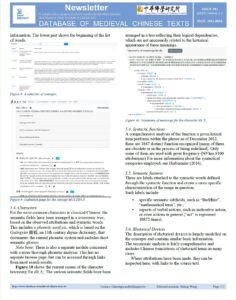
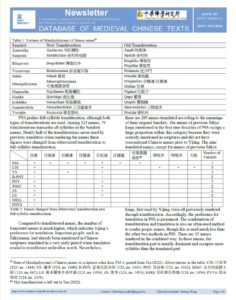
 Dr. Hou joins us from UC Berkeley with the project: Visualizing Doctrine: A Study of Exegetical Diagrams in Medieval Chinese Buddhism (8th–10th Centuries)
Dr. Hou joins us from UC Berkeley with the project: Visualizing Doctrine: A Study of Exegetical Diagrams in Medieval Chinese Buddhism (8th–10th Centuries)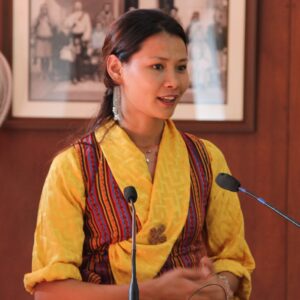 Dr. Bhutia joins us from the University of Tartu with the project: Local Deities, Natural Disaster, and Ritual Waste in Vernacular Buddhist Practices in the Himalayas
Dr. Bhutia joins us from the University of Tartu with the project: Local Deities, Natural Disaster, and Ritual Waste in Vernacular Buddhist Practices in the Himalayas

